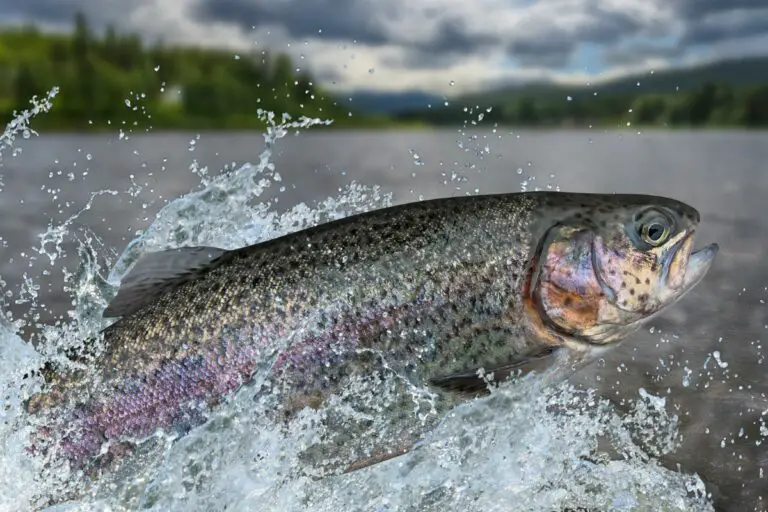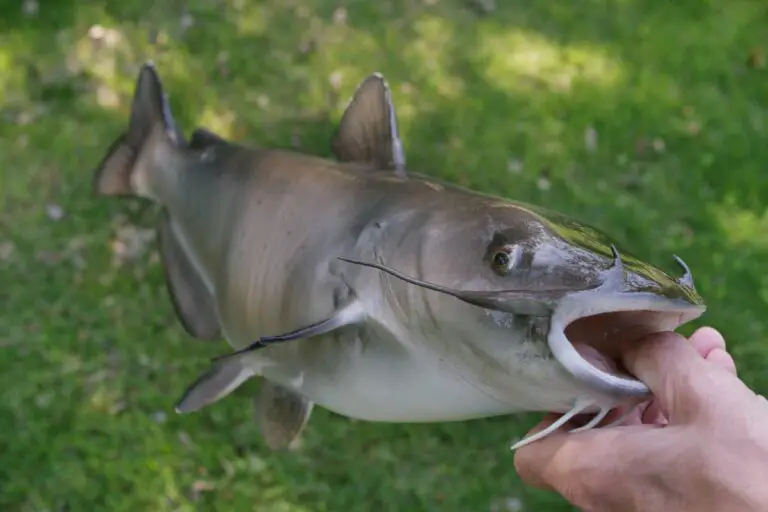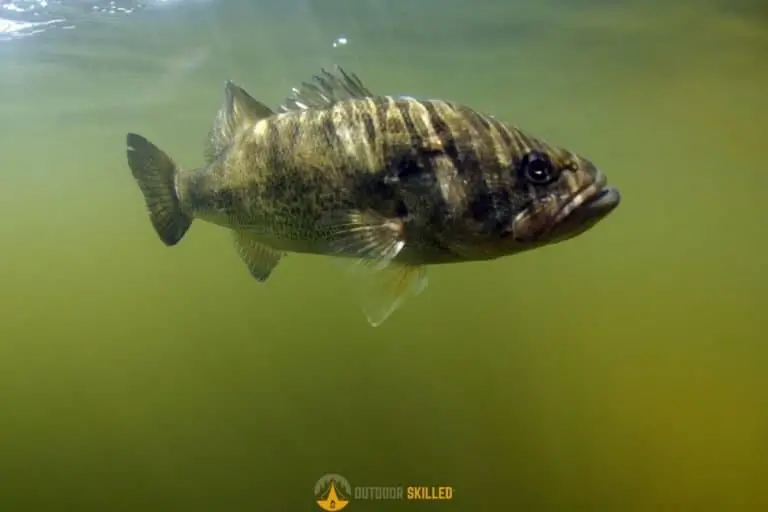Musky Fishing 101: 6 Super Tips For Catching Musky
I remember being this picky child who ate no meat but fish, which was pretty bizarre to my meat-loving family. I knew later on that I am a pescatarian, except that I didn’t eat all fish. I only ate muskies, which made me a “muskie-tarian.” This fish saved my life. If you would like to have this life-saving fish on your dinner table, check out these exclusively tailored tips for catching a musky.

Table of Contents
1. Know Your Enemy
The first thing to know before even considering musky fishing is what are Muskies themselves and why they are quite special.
The muskies belong to the pike family, which is mostly found in stable freshwaters. Muskies are enormous when compared to other freshwater fish. They may weigh up to 22 kilograms. Their color changes from one muskie to another. They can possess spotted, barred, or clear skin. There are only two famous muskie species; the traditional one and the rare one that we call the tiger muskie.
2. Don’t Look For a Musky, Look for Its Food
Muskies are famous for their hypermetabolism. They only eat one or two meals per day, and they will be hiding for the rest of the day. Predators live to eat, and once they do, they turn back to their hiding spots, and so do the muskies.
It may sound simple, but it’s not. Muskies eat smaller muskies, shrimp, panfish, and crawfish. When they are hungry, they eat whatever passes by them.
First things first, you need to choose a rich musky lake. Then, look for musky food. If you live in North America, congratulations, you just won the lottery. Muskies live there, too.
Best Fishing Locations
- Cave Run Lake in Kentucky: An excellent place to turn to in the fall because the muskies swim in shallow waters, which will make your fight much more manageable.
- Lake Vermillion in Minnesota: You’d better be there during August and September because it’s the winning season.
- St. Lawrence River in New York: That’s not a rich musky spot, but if you found a musky there, you are one who is going to be rich. The smallest musky there is 50 inches long.
3. Set Your Alarm
Throughout The Year:
1. Spring: The water temperature is below 60 degrees. Muskies just finished their spawning season. They are rusty with hypometabolism. They don’t have the energy to go after their prey. If you place bait in front of them, they will think they got into heaven. As the temperature gets higher, muskies get more active, and you will have to be more precise with your choice of lure.
2. Summer: The water temperature should be around the mid-60s. The water is warmer, and muskies are very active as their metabolism is up again. Get yourself ready for one fierce battle. The reason for this is that the water is rich with green weeds that attract small fish, which entice muskies. As the summer gets hotter, the water temperature reaches 70 degrees. The fish are lazy once again, so they hide in deep waters to avoid high temperatures. In that case, you need to get a longer line and adopt an expert’s casting technique. It’s hard enough to fight a musky in shallow waters, imagine how hard it would be to drag this monster out to the surface.
3. Fall: We can call that “the musky season.” The temperature drops to the mid-60s again. They have fully grown to be these monstrous trophy muskies. If you win that battle, you just got your dinner covered for a whole week. By the end of the fall, the temperature drops to 50 degrees, and the green weeds turn brown. All fish start leaving; accordingly, muskies will go and hide far from shallow waters.
Throughout The Day
Muskies have a sharp vision. The best time for catching them is during daylight. In the morning, they start going after their prey, and you should, too.
But if it’s summer and the water is burning, then you should probably wait till it’s dark, when water gets a little colder.
4. Empty Your Pockets
It’s about time you buy the magic stick that will help you win the musky battle. You will need a long heavy-powered rod to catch that 22 kilograms mighty fish.
1. The Rod’s Length
Most musky rods are 7-9 feet long. This length is necessary to cast over long distances because, as I previously mentioned, a musky isn’t a stable fish. It moves throughout the day to 20 different positions depending on the weather change. So, you should be ready for worst-case scenarios. I have discussed how to choose a good rod in my post on picking the right fishing reel here, so make sure to check it out.
2. The Rod’s Action
You will need a super-strong extra-sensitive rod to have leverage over that grumpy fish. You need to start the fight at the same moment that the fish catches the bait. If you are a second late, you missed your winning chance.
3. The Rod’s Power
Since muskies are enormous, you need at least a medium-heavy rod to cope with the pressure of dragging this fish to your foot.
5. Feed the Monster
Choosing the bait for that monster isn’t that big of a deal because they can eat their kids if they can. Heartless, don’t you think?
They are heartless to the extent that they eat small ducklings. They stalk their prey and wait for the right moment to attack. They don’t sound like fish. They seem more like tigers. Ironically, there are rare musky species known as tiger muskies.
Muskies’ appetite changes according to the water’s temperature. If the water is cold, their metabolism is down, which makes them a bit lagged. In that case, using a small lure is the route to go. Since the fish are slow and at peace, you need to use a matching trick. The bait should be a non-vibrating slow lure to avoid interrupting their peace.
Moreover, muskies tend to be more active when the water is warm, that’s why you need to use larger bait to grab their attention.
Muskies depend on their visual ability to locate food. It would be a smart move to use the natural-colored lure, especially in clear waters, to manipulate their appetite.
6. Practice your Reeling Skills
It’s time to reel in your musky. Of course, you need to use a large sharp hook to grab on tight to that big fish.
Some fishers catch muskies to practice tackling skills, and after they get the fish, they make sure the fish is alive and release it back into the water. Or you can just feed that hungry stomach of yours after this tiring battle. I know I would go for the second option.
Now that you know how to catch your prey, it’s time to gear up. I have made a separate article just for that, and you can check out the 7 best musky reels here, these are the ones I have used for years with amazing results, and I think they would work great for you as well, so make sure to check them out.
Final Thoughts
If you plan to release the fish, you must be careful. This fish is a predator with big teeth, which can severely hurt you.
Wear gloves when you are unhooking the fish. That is a two-person job. One should grab the fish’s tail and stomach, and the other should unhook the mouth from the hook.
Now, you unhooked the fish, you either give it back its freedom or give yourself a warm meal. Your call!
If you want to learn even more about catching Muskies, this video below is absolutely amazing – if a bit long – for beginners to learn everything there is about catching a Musky, and together with the tips discussed here, you should have everything you need to go out there and catch some Muskies!







